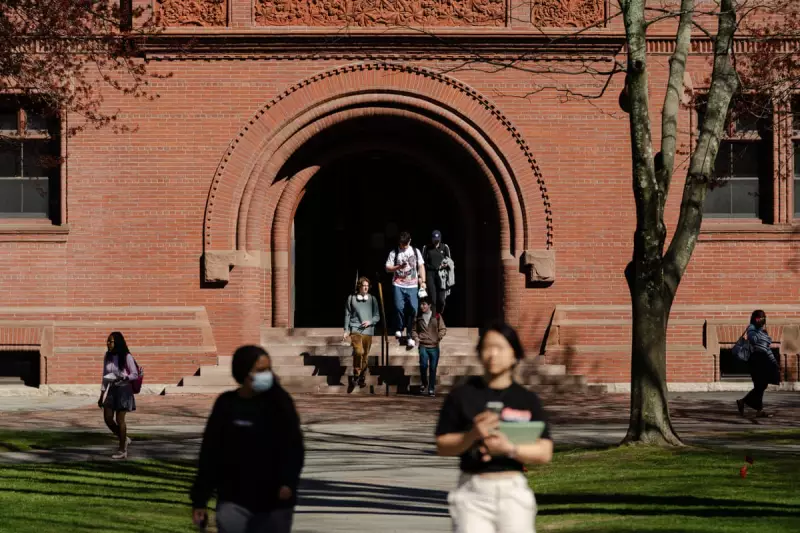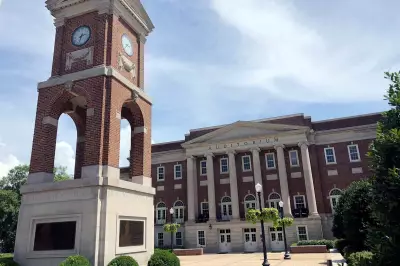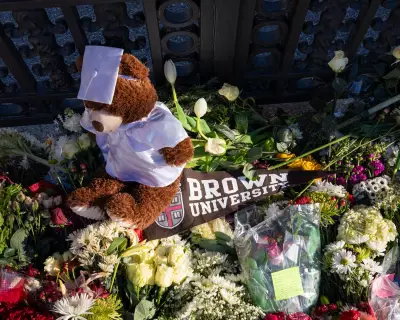
The Trump administration has launched a direct assault on American higher education, threatening to withdraw crucial federal funding from universities that fail to suppress anti-government demonstrations on their campuses.
In a move that has sent shockwaves through academic institutions nationwide, officials are leveraging the financial dependence of colleges on government money to demand stricter control over student activism. The policy specifically targets protests perceived as hostile to the current administration.
The Financial Sword Hanging Over Academia
Universities across the United States are grappling with an unprecedented ultimatum: silence dissent or face severe financial consequences. With federal funding constituting a lifeblood for research, financial aid, and infrastructure projects, the threat carries potentially devastating implications.
Administrators now find themselves trapped between upholding their commitment to free speech and protecting their institutions from financial ruin. This has created what many are calling a 'chilling effect' on campus discourse.
Free Speech Versus Federal Funding
The policy has ignited a fierce constitutional debate, with civil liberties groups condemning it as a blatant attack on First Amendment rights. Legal experts suggest the move may face significant challenges in court, where the principle of government non-interference in academic affairs has traditionally been protected.
However, administration officials defend the measures as necessary to maintain order and ensure that taxpayer money doesn't support institutions that tolerate what they characterize as 'lawless behaviour'.
A Deepening Cultural Divide
This confrontation represents the latest front in America's ongoing culture wars, with university campuses serving as battlegrounds for broader ideological conflicts. The move has drawn predictable reactions along partisan lines, further polarizing the national conversation about the role and limits of academic freedom.
As the new academic year approaches, university presidents face impossible choices that could define their legacies and fundamentally alter the character of American higher education for generations to come.





